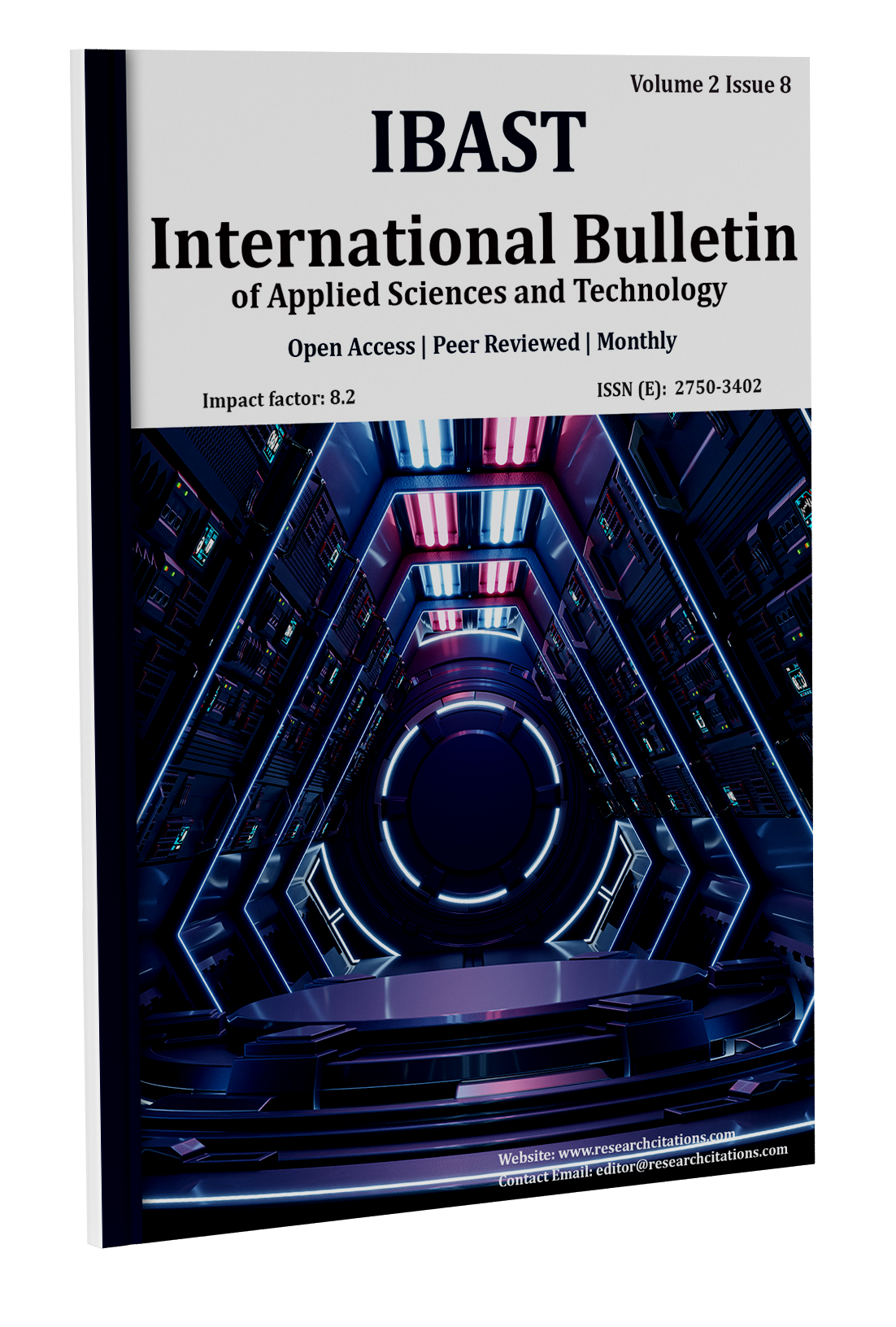THE ROLE OF MORPHOLOGICAL MEANS IN HUMOROUS TEXTS (ON THE EXAMPLE OF UZBEK CHILDREN’S LITERATURE)
Main Article Content
Abstract
This article analyzes the role of morphological means in humorous texts and their semantic, pragmatic, and stylistic functions. It highlights the importance of morphological devices (affixes, word-formation suffixes, verb forms, diminutive and affectionate forms, comparative degrees) in creating humorous images and elements of irony in children's literature. Within the study, the morphological features of humorous speech in Uzbek children's worksespecially in the writings of X. Tukhtaboyev and others are scientifically examined. The interrelation between humor and morphology is theoretically substantiated, emphasizing its significance in revealing the aesthetic potential of language in contemporary children's literature.
Downloads
Article Details
Section

This work is licensed under a Creative Commons Attribution 4.0 International License.
How to Cite
References
1.Qahhor, A. Selected Works. Tashkent: G‘afur G‘ulom, 1982.
2.Olimjon, H. Poems for Children. Tashkent: Yosh Gvardiya, 1979.
3.Vohidov, E. The Notebook of the Soul. Tashkent: Sharq, 2000.
4.Safarov, Sh. Introduction to Linguistics. Tashkent: Fan, 2008.
5.Khojiyev, A. Morphology of Modern Uzbek Language. Tashkent: Fan, 1992.
6.Qo‘chqorova, Z. Issues of Humor and Satire in Uzbek Children’s Literature. Tashkent: UzMU, 2015.
7.Tukhtayev, Kh. Theoretical Foundations of Children’s Literature. Tashkent: University, 2010.
8.Internet sources: www.ziyouz.com, www.kitobxon.uz

